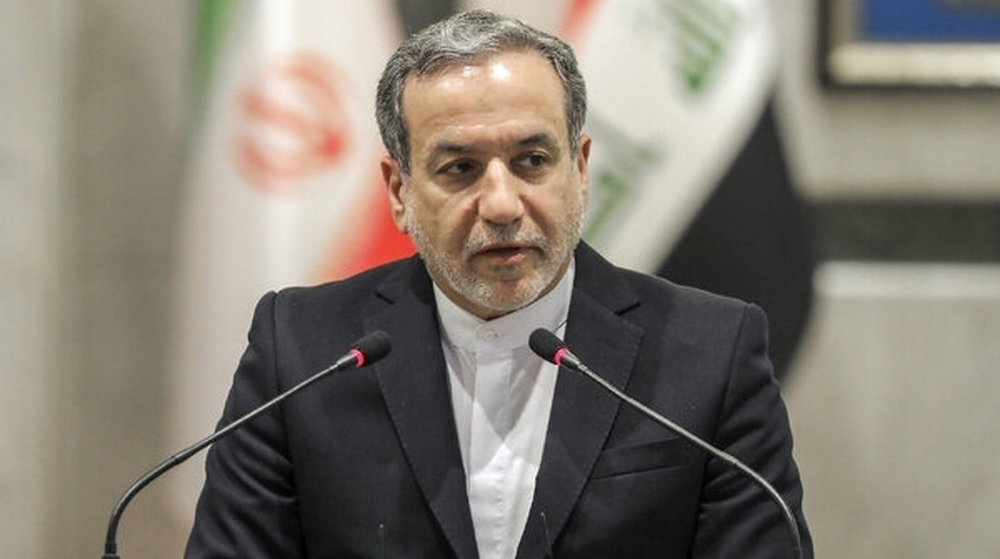US, China implement new tariffs, escalating trade war
The United States has started levying 25-percent tariffs on 16 billion dollars’ worth of Chinese imports, prompting Beijing to start implementing a threat to retaliate with its own levies on American goods.
The US on Thursday began collecting the additional 25-percent duties on 279 Chinese import product categories, including semiconductors, chemicals, plastics, motorbikes, and electric scooters.
Beijing retaliated with its own fresh tariffs on 16 billion dollars’ worth of additional US imports, including fuel, steel products, automobiles, and medical equipment.
The US and China have slapped retaliatory levies on a combined 100 billion dollars’ worth of products from each other since early July, with more in the pipeline.
The Chinese Commerce Ministry said in an online statement that Beijing “resolutely opposes” the latest tariffs by the US and would respond accordingly, adding that China will file a complaint with the World Trade Organization (WTO) against the US.
“China resolutely opposes this, and will continue to take necessary countermeasures,” the ministry said. “At the same time, to safeguard free trade and multilateral systems, and defend its own lawful interests, China will file suit regarding these tariff measures under the WTO dispute resolution mechanism.”
US President Donald Trump has threatened to put duties on almost all of the more than 500 billion dollars of Chinese goods exported to the country unless Beijing agrees to sweeping changes to its trade practices.
The fresh round of tariffs took effect amid resumed talks in Washington between mid-level officials from the US and China, the world’s two largest economies.
Trump said in an interview with Reuters on Monday that he did not “anticipate much” from the talks, led by US Treasury Under Secretary David Malpass and Chinese Commerce Vice Minister Wang Shouwen.
Asked on Wednesday what the US president expected from the bilateral negotiations, White House press secretary Sarah Huckabee Sanders said, “These conversations are continuing. I don’t have any announcements on them ... Certainly what we’d like to see is better trade deals for the United States.”
Chinese Foreign Ministry spokesman Lu Kang said in a press conference in Beijing that he was hopeful for a “good outcome.”
“We hope that everyone can calmly sit down together and have earnest discussions toward an outcome that is beneficial to both sides,” Lu said.
Round 2 of US tariffs on #China today—$16bn, takes total to $50bn. Another $200bn poss in Sep. China retaliating. Raises global supply chain risk, also hurts US cos/consumers. US tech esp vulnerable. Global trade growth slowing: fm >5% in 2017 to 4% in ‘18, 3.7% in ‘19. #TradeWar
— Robert Ward (@RobertAlanWard) August 23, 2018
Some observers say the US tariffs imposed on Chinese-made products are more than just a trade friction between the two countries and are a disguise for high-tech hegemony. They say the US wants to prevent China from challenging its digital supremacy, and will deliberately try to derail Made in China 2025 — an industrial policy meant to establish China as a high-tech superpower.
Qassam Brigades claims killing 3 Israeli troops in northern Gaza
More alive than ever: Sayyed Hassan Nasrallah's legacy grows stronger in martyrdom
Occupation of Syria’s highest peak Mount Hermon part of ‘Greater Israel’ project
Iran: Syrian people will decide their future without foreign interference
IRGC says Iran’s power exceeds borders, warns enemies to adjust themselves
Dozens detained, several wounded in Israeli raids in West Bank
‘Ethnic cleansing’: Hamas blasts Israeli attacks on Gaza hospital amid intl. silence
Saudi delegation meets HTS leader at presidential palace in Damascus










 This makes it easy to access the Press TV website
This makes it easy to access the Press TV website